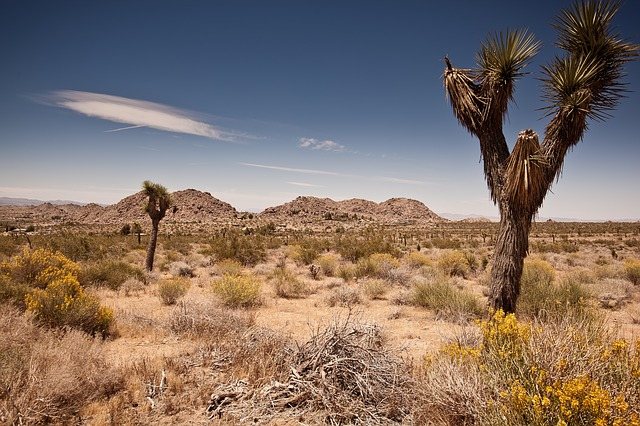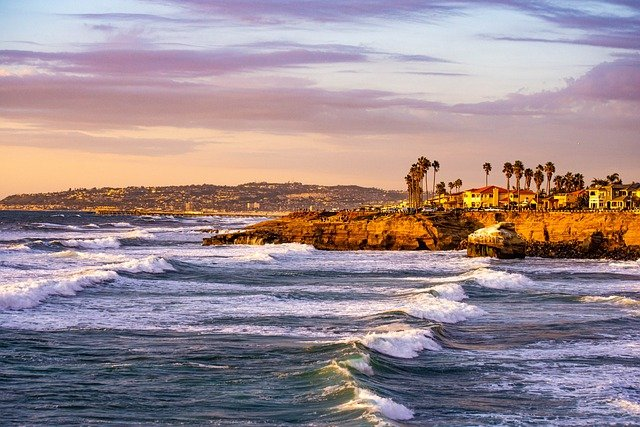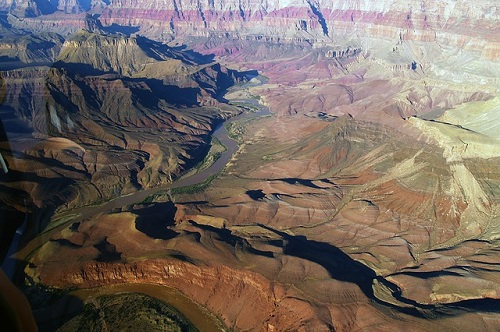With its convenient location surrounded by major cities, Joshua Tree National Park receives more peripheral tourism that perhaps any other national park in the country. While this means lots of people will be getting to experience it, many will know very little about what the park has to offer.
In our Joshua Tree National Park Guide, we hope to change all of that. By providing you with a comprehensive breakdown of everything you need to know about the park, we will enable you to plan your ideal travel itinerary and see Joshua Tree in the best way possible.
So, if you want to make Joshua Tree National Park an attraction worthy of being your destination, rather than somewhere to stop along the way, this is the article for you.
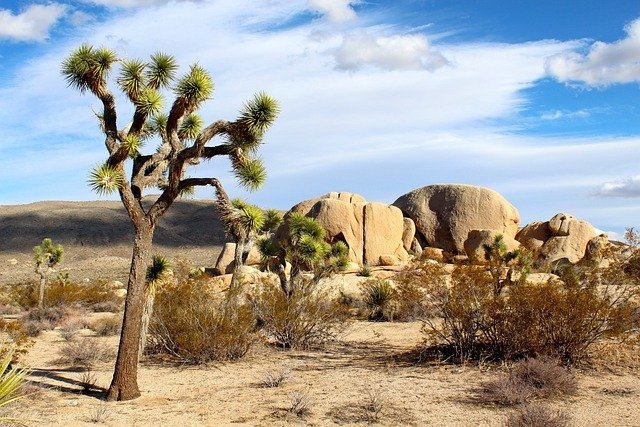
Facts & Figures About Joshua Tree National Park
With just over 3 million visitors each year, Joshua Tree National Park is the 11th most visited national park in the U.S. Meanwhile, at 795,156 acres, it ranks as the 8th largest national park in the contiguous United States and 15th largest in the country overall.
It was established on the 31st of October 1994, along with the neighbouring Death Valley National Park, as part of the California Desert Protection Act Of 1994. This makes it among the youngest national parks in the nation, with the two ranking as the joint 53rd oldest.
The park is named after the extremely rare species of the yucca plant known as the Joshua Tree, which only grows in the desert regions of Arizona, California, Nevada, and Utah. The reason for this is that the majority of the world’s population of Joshua Trees can be found within the park.
Joshua Tree National Park Temperature
The Joshua Tree National Park Temperature usually ranges between a low of 34.5°F (1.4°C) and a high of 97.7°F (36.5°C). The highest temperature ever recorded in the park is 118°F (47.8°C) and the lowest is 10°F (-12.2°C).
The highest temperatures in the park occur between late April and early October, while the coldest stretch is from early November to late March. The park is dry for most of the year and gets virtually no snow but does see some rain from December to March and then again in August.
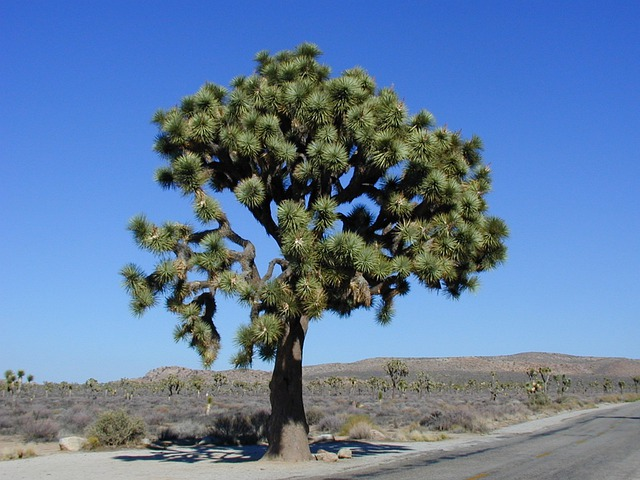
The Wildlife & Landscape Of Joshua Tree National Park
Joshua Tree National Park is defined by its desert landscape, which includes parts of the Mojave and Colorado deserts.
The Mojave Desert covers the western part of the park and features a higher elevation and cooler temperature, while the Colorado Desert in the east is lower and more arid.
Joshua Tree is bordered to the west by the Little San Bernadino Mountains and includes parts of another 4 of the Transverse Ranges – the Cottonwood, Eagle, Hexie, and Pinto mountains. It then also features parts of the Coxcomb Mountains, which can be found in the east of the park.
Unique rock formations, such as inselbergs, are one of the most prominent features of Joshua Tree. In terms of wildlife, the dry desert conditions play home to some incredibly unique creatures.
Around the park you’ll find species such as bighorn sheep, black tailed jackrabbits, red spotted toads, bobcats, California tree frogs, coyotes, desert tortoises, kangaroo rats, lizards, moths, snakes, green darners, scorpions, tarantulas, and 250 species of birds, including roadrunners and golden eagles.
These are then surrounded by a selection of plant life that includes cacti, chollas, creosote bushes, junipers, ocotillos, pinions, saltbushes, yuccas, various types of oak and scrub, the native California fan palm, and the eponymous Joshua trees.
How To Get To Joshua Tree National Park
The closest major airport to Joshua Tree National Park is Los Angeles International Airport, in Los Angeles , which is 145 miles (235 kilometres) away and takes 2 and ½ hours to reach by car.
You also have Harry Reid International Airport 180 miles (295 km) away in Las Vegas, Nevada, and San Diego International Airport 160 miles (260 km) away. Both take 3 hours to drive to.
There is even Phoenix Sky Harbor International Airport 225 miles (360 kilometres) away in Phoenix, Arizona, which takes 3 and a ½ hours to reach by road.
Best Time To Visit Joshua Tree National Park
The best time to visit Joshua Tree National Park is from mid-May to early July. This period will allow you to experience the park during some of its warmest, driest periods, making sure you see the highlights in all their glory.
It also avoids the extreme high temperatures seen in late July and early August, and the peak of California wildfire season, which runs from late August into October. This creates the perfect combination to ensure there is little chance anything will ruin or derail your trip.
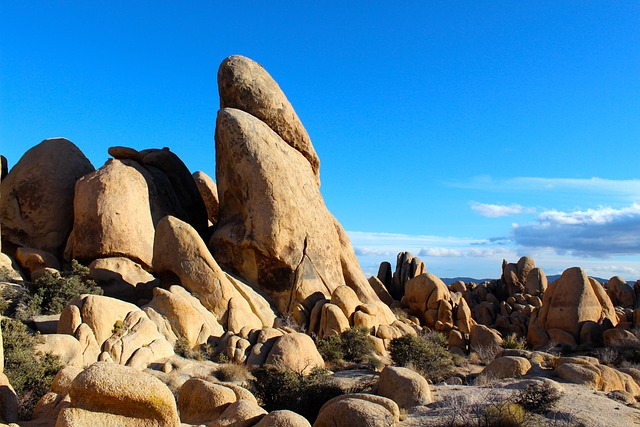
Top Attractions In Joshua Tree National Park
So, now that you know a bit more about Joshua Tree National Park, its time to look a little closer at what there is to do when you arrive. We will now go over the top attractions in Joshua Tree National Park, to help you plan the perfect travel itinerary for your visit.
Make The Journey To Keys View
Keys View is a scenic point at the highest spot in Joshua Tree National Park. Located at the end of Keys View Road, visitors who make the trip will be greeted by some of the most stunning, panoramic vistas you will find anywhere in the park.
With almost the entire park visible, as well as the surrounding mesas, mountains, and valleys, it is more than worth the trip, whether you are hoping to snap the perfect photograph or just want to see it with your own eyes.
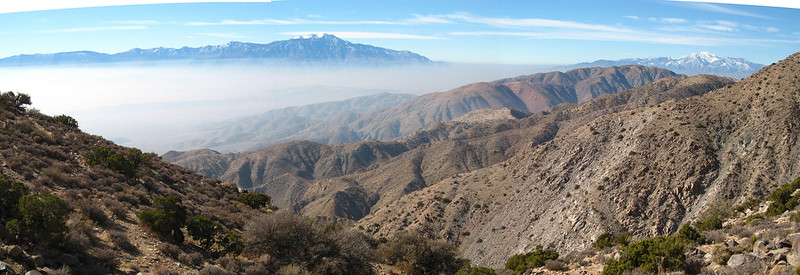
Hike Out To Skull Rock
While there are countless unique rock formations dotted throughout Joshua Tree National Park, perhaps none are as iconic as Skull Rock.
A giant granite formation, centuries of erosions have hollowed out two eye sockets and a nose cavity, creating its distinctive skull-like appearance.
Located just a short walk from a car park on Park Boulevard, as well as along the Discovery Trail, it is one of the most must see locations in the entire park, no matter whether you are hiking or driving.

Pay A Visit To The Lost Horse Or Desert Queen Mines
The Joshua Tree National Park area was a hotspot during the California Gold Rush and there is a few deserted mines that are well worth visiting for anyone interested in that side of the region’s history.
The Lost Horse Mine is the best preserved mine in the park, with many of its structures still standing, to give visitors a clear idea of how the area would have looked during its peak years.
Then there’s the Desert Queen Mine. While it doesn’t have the impressive structures of Lost Horse, there are a number of shaft entrances, giving you the chance to see down into the actual mines.
Combine the two and you have the most complete mining experience to be found in Joshua Tree.
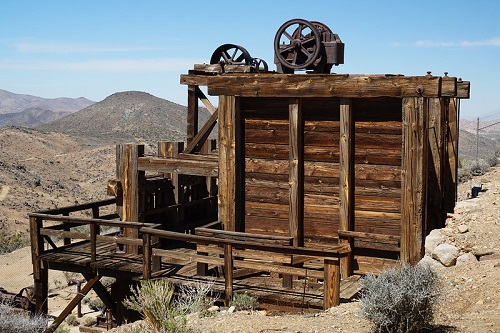
Relax By The Barker Dam
The Barker Dam is a dam and water storage reservoir that looks akin to a desert oasis. Built in 1900, it is the largest expanse of water in the arid landscape of Joshua Tree National Park and a beautiful way to break up the landscape.
Whether you want to take a moment to sit and relax while soaking in the scenery or simply hike your way around the 1.5 mile (2.4 km) Barker Dam Nature Trail, it is definitely one of the most unique locations you will encounter in the park.
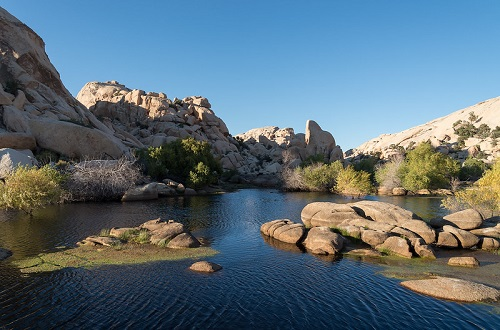
Take A Tour Of The Keys Ranch
Built by Bill Keys in the early 1900s, the Keys Ranch is a historic complex that features a ranch house, schoolhouse, workshop, barn, a number of sheds, houses, and cabins, and an orchard and cemetery.
Further out from the main bulk of the property, this is also where you’ll find the Wall Street Mill, a stamp mill facility that was used to crush gold ore mined in the surrounding area. The entire location is also listed on the U.S. National Register Of Historic Places.
With ranger guided tours of the property available, you have the perfect opportunity to not only see one of the most built up areas of the park but also hear about its history and see how it would have operated.
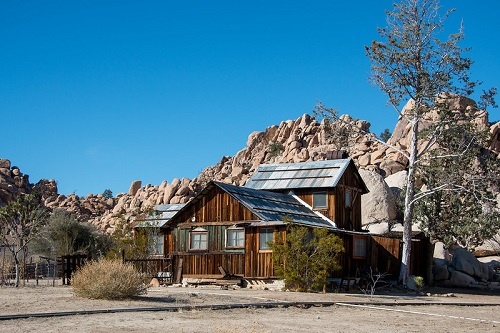
Appreciate The Nature Of The Cholla Cactus Garden
The Cholla Cactus Garden is a trailside attraction featuring an incredible density of Cholla cacti. Circled by the short Chola Cactus Garden Trail, it makes for a wonderful little hike where you can appreciate one of the most iconic species of desert plants in all its glory.

Drive The Length Of Pinto Basin Road
There are two main roads in Joshua Tree National Park, Park Boulevard and Pinto Basin Road. Park Boulevard runs in a loop through the northwest corner of the park and is what you will use to reach all the attractions we’ve looked at.
Pinto Basin Road runs off of Park Boulevard and travels 40 miles (65 km) all the way through the park to its south entrance.
Taking roughly an hour to drive, this road allows you to experience the wilds of the park away from other tourists and is one of the best ways to take in the entire landscape.
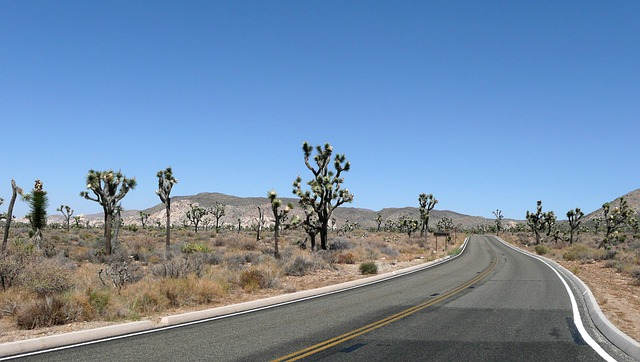
Enjoy The Various Hiking And Climbing Spots
Hiking is easily the top pastime in Joshua Tree National Park and there is estimated to be anywhere up to 130 trails located throughout, with options available for people of all different abilities.
While you obviously won’t be able to hike them all, you will likely want to do at least 1 or 2.
There are plenty of great options, but the Arch Rock Nature, Boy Scout, California, Cholla Cactus Garden, Contact Mine, Fortynine Palms Oasis, Hidden Valley, Indian Cove, Lost Horse Mine, Lost Palms Oasis, Ryan Mountain, Split Rock Loop, and Warren Peak trails have the most to offer.
While not as well known for climbing as some other national parks, such as Pinnacles, Joshua Tree has plenty to offer in this regard as well.
With thousands of short climbing routes of varying difficulties, it provides the perfect opportunity to enjoy a spot of climbing during your visit.

Things To See And Do Near Joshua Tree National Park
While Joshua Tree National Park is undoubtedly full of stunning sights and sounds, the attractions aren’t exclusively reserved for the park.
With that in mind, we will now look at the best things to see and do near Joshua Tree National Park, to help you enjoy the most complete experience possible.
Eagle Mountain
Eagle Mountain is a ghost town on the eastern edge of the park that was founded as an iron mining town in 1948. However, after booming for 35 years, the mine was closed, and the town was largely abandoned in 1983.
Having been used as the setting for various movies and TV shows in the years since, the abandoned sections resemble wild west and post-apocalyptic settings in equal measure.
While by no means the most expansive California ghost town, it is more than worth a visit for those who have always dreamed of experiencing a town that has been taken back by the desert.
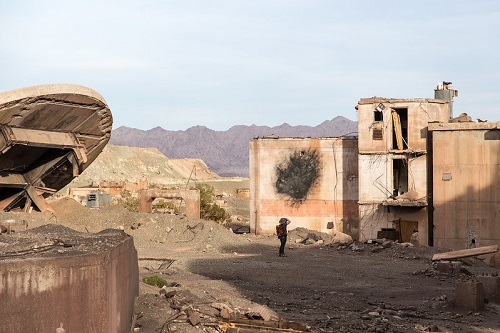
Twentynine Palms
Twentynine Palms is a small community located on the northern border of the Joshua Tree National Park.
While avid explorers will often set up base in one of the many hotels in the town and hike into the park from there, it also boasts a number of attractions visitors to the park may enjoy as well.
Locations like the Joshua Tree Cultural Center will help you to learn more about the park and its iconic wildlife, while the 29 Palms Art Gallery and Desert Art Studio will let you see some stunning works of art based on the region.
The Sky’s The Limit Observatory And Nature Center gives you the opportunity to appreciate the area in a completely unique way, while you even have the Tortoise Rock Casino and various restaurants and bars to help you unwind when you are done exploring.
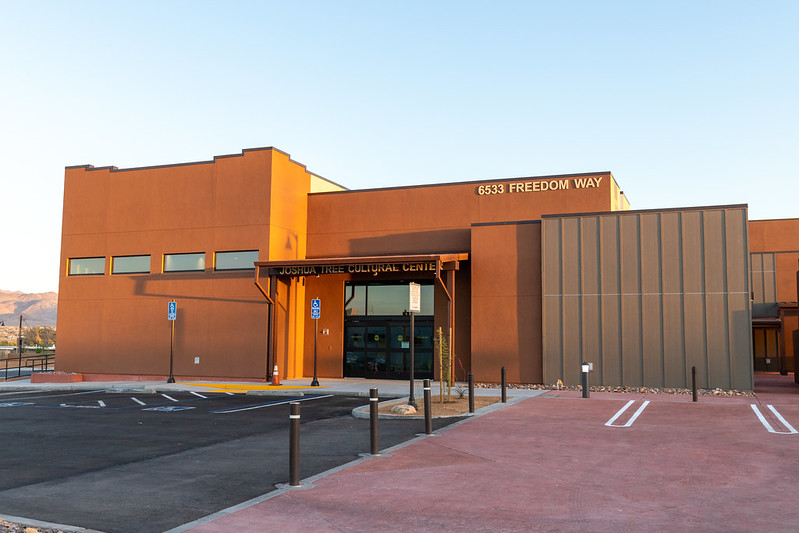
Best Place To Stay Near Joshua Tree National Park – El Rancho Dolores At JT National Park
Situated right on the outskirts of the park, El Rancho Dolores At JT National Park is a fabulous motel that is perfect to do your exploring from.
It offers spacious rooms that are filled with comfortable furniture and amenities such as a flat screen satellite TV, refrigerator, and microwave, as well as Wi-Fi that is available throughout the property.
In the communal areas, you will also find an outdoor swimming pool, 24 hour front desk, and fax and photocopying services, to ensure your every need is catered to during your stay.
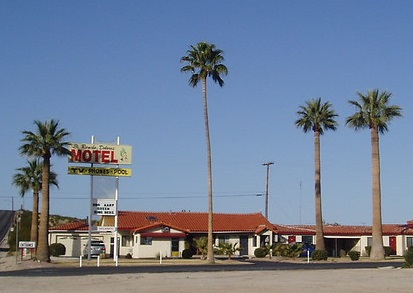
How Many Days To Spend In Joshua Tree National Park
For the majority of people, 1 day will be plenty of time to experience what Joshua Tree National Park has to offer.
You will be able to drive to all of its most famous rock formations, study the wildlife, see the Joshua trees themselves, and go on a few hikes to explore the desert landscape.
That said, more dedicated explorers who want to go on some of the longer hikes and explore the depths of the park may want to stretch their trip to 2 or even 3 days. However, any more than that and you may begin to feel like it is just more of the same.
Conclusion
Joshua Tree National Park is a wonderful destination that can be enjoyed either as its own trip or when travelling between the 4 major cities that surround it. No matter why you have decided to visit though, you should now have everything you need to plan your dream travel itinerary.
From when to go and how long for to how best to get there, what to see when you arrive, and even where to stay, you should know the best way to plan your personal dream trip. All you have to do now is start getting everything booked, so you can look forward to experiencing it all for yourself.
